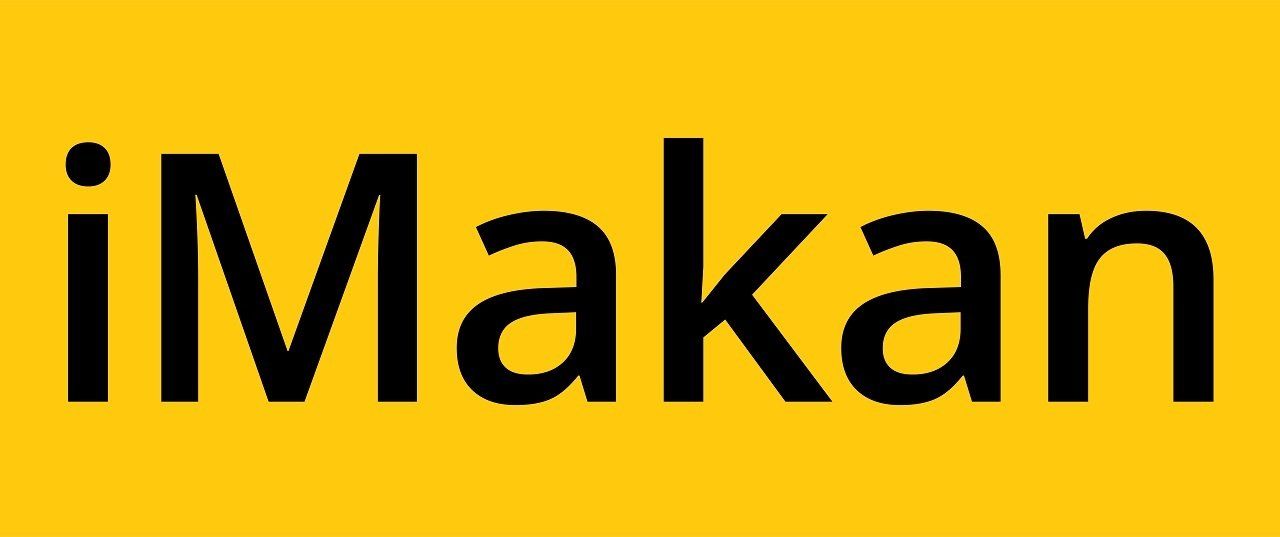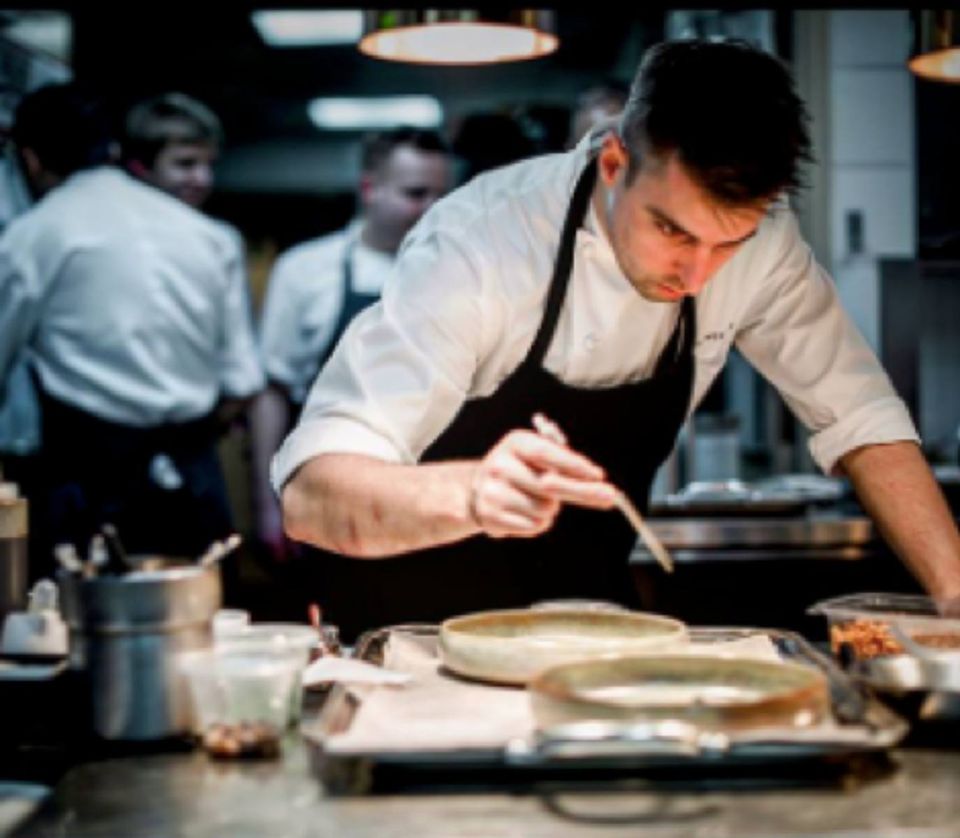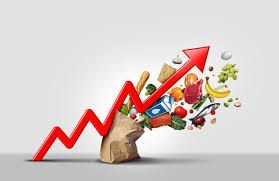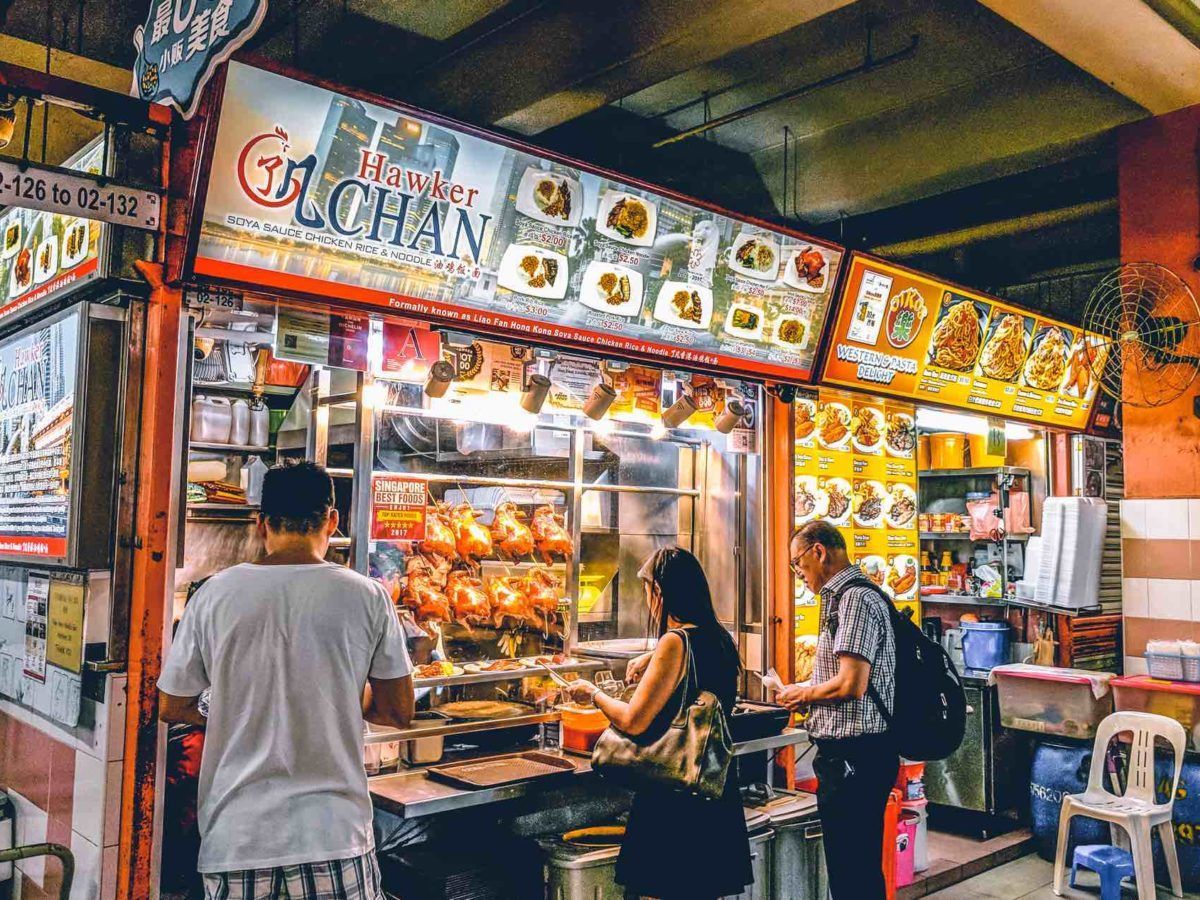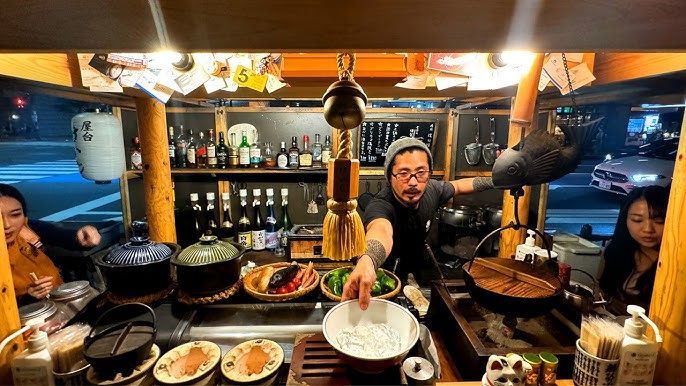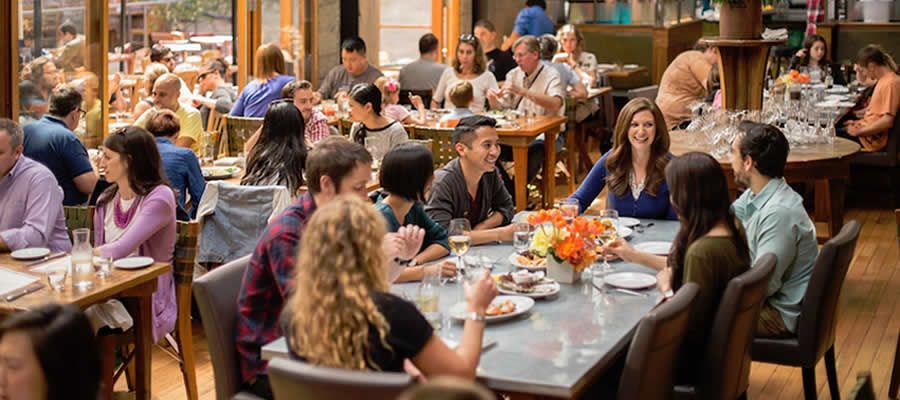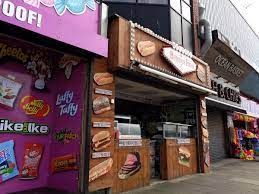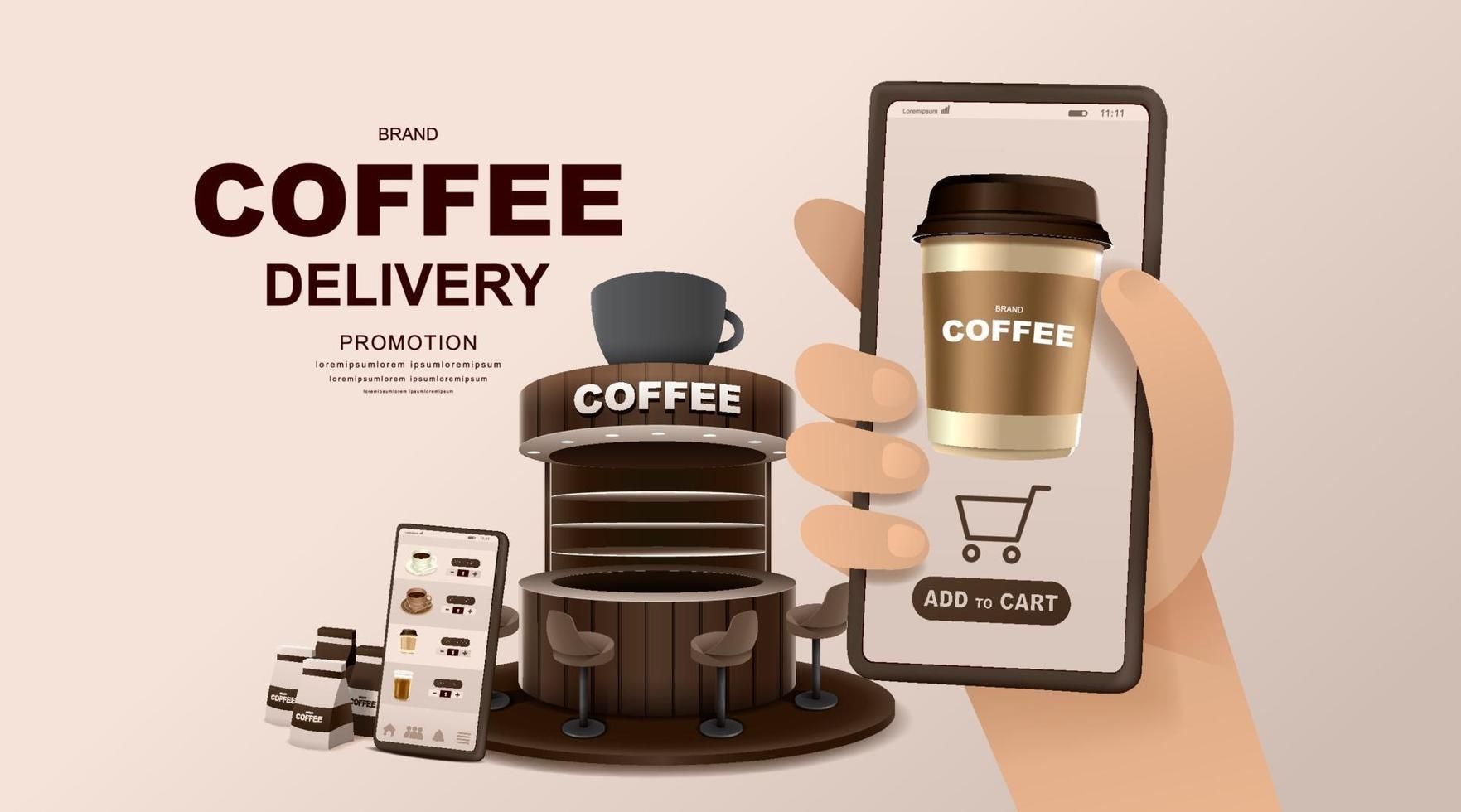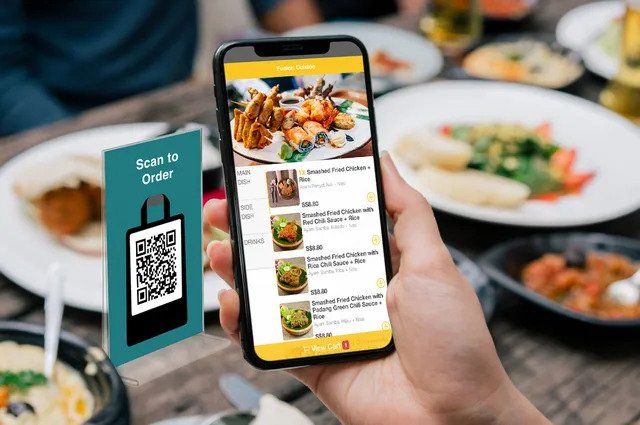8 things to know before you start your F&B business
Singapore’s food and beverage scene is known for its diverse range of cuisines. From Asian to western, we have it all. Restaurants and food businesses are popping up everywhere. You might be one of these entrepreneurs that are looking to set up your own food and beverage business.
Before diving headfirst into setting up shop, there are some important aspects that you must know. Here are 8 things that you should know that could save you thousands of dollars.
Getting the right licences
To set up your food and beverage business, you need the right licences. However, information is not very easily found, and different people may give you varying information on what licences to apply for. Here is a government website that may help in your F&B license application.
Labour is scarce, and expensive
Manpower has always been a common challenge for food and beverage businesses. Ask any experienced F&B owner, and he will tell you about his struggles with scarcity, and the rising cost of manpower in Singapore.
Locals are demanding higher work pay and are unwilling to work the long hours that F&B requires and part-timers come and go often. On top of that, the quota for hiring foreigners is tightening up, making labour a major headache for F&B owners.
A quick fix for this is to use digital tools like iMakan, to reduce heavy manpower dependence on order taking staffs by digitalizing your ordering process. Food establishments like Swee Choon Tim Sum Restaurant, BBQ box, Song Fa Bak Kut Teh, etc, have also adopted iMakan
to help with their manpower hurdles.
Marketing Strategy
Before setting up shop, it is important to define your unique selling point and come up with a plan on how to get customers. Opening up a shop and praying that customers find you seldom works.
Test out your marketing strategy and see what works for your business before dumping your life savings into your shop, securing your road to bankruptcy. Look to some F&B establishments and get some ideas from their marketing strategy helps as well.
Getting the right location
Before committing to a location, decide on your target audience demographics. Spend some time on surveying different locations to see if your target demographic frequent the area you intend to set up shop.
Avoid rushing into decisions when choosing a location. It is easy to to make the mistake of compromising on location due to rent or impatience, which will be regretted eventually.
The chef
Did you know that some restaurants that were doing well close down overnight when their chef decides to leave? It is important to not depend on a sole person that knows how to cook.
Either learn it yourself, or take up preventive measures like legal agreements, giving equity as ownership and documenting cooking techniques along the way. Hiring someone to replicate the taste of your previous chef is not an easy task.
Service standard
Good food and good service go hand in hand. Even if you have really good food, but provide poor customer service, customers may not return, and returning customers are very important to an F&B business.
Getting a trusty POS system
Running an F&B operation can be complicated. Therefore, investing in a trusted POS solution is essential. A POS solution not only acts as a billing terminal but also helps in your operation management. For example, table management, inventory management, promotion management, and kitchen printing management as well.
Many food business owners have made the mistake of getting a cheap POS but eventually grow out of it. Investing in a trusted POS solution like MEGAPOS
helps you manage your operations effectively and does not trouble you with technical difficulties. In the long run, saving you extra money.
Look out for grants in Singapore to save you cost
There are grants put up by the government to help businesses defray the cost of acquiring equipment or solutions that boost productivity through digitalization. For example, the Productivity Solutions Grant
subsidises up to 80% pre-approved equipment and solutions, and the Digital Resilience Bonus
gives a payout of up to $10,000 to help businesses defray the cost of adopting digital tools.
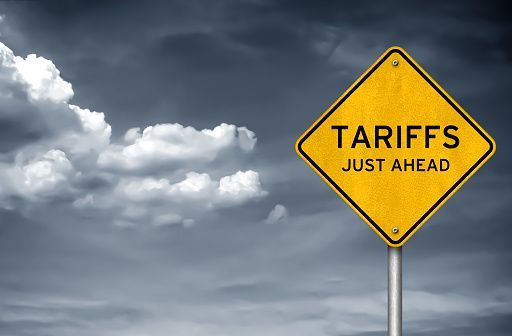
The recent implementation of a universal 10% tariff by the U.S. administration under President Donald Trump has introduced new challenges for Singapore's economy, particularly affecting the Food and Beverage (F&B) sector. Restaurant and café owners must proactively address these challenges to sustain their operations and profitability. Understanding the Tariffs Tariffs are taxes imposed on imported goods, aimed at protecting domestic industries and generating revenue. The current U.S. tariffs include a universal 10% levy on imports, with higher rates for specific countries. Singapore, despite its strong trade relations with the U.S., is subject to this 10% tariff. Impact on Singapore's F&B Sector Singapore's F&B industry relies heavily on imported ingredients and products. The imposed tariffs are likely to increase the cost of these imports, leading to higher operational expenses for businesses. This escalation in costs may necessitate price adjustments, potentially affecting consumer demand and profitability. Strategies for Mitigation To navigate these challenges, F&B businesses can consider the following approaches: Diversify Supply Chains : Exploring alternative suppliers from countries not affected by the tariffs can help mitigate cost increases. Optimize Operations : Implementing efficient inventory management and reducing waste can offset increased costs. Adjust Pricing Strategies : Carefully evaluating and adjusting menu prices can help maintain profitability without significantly deterring customers. Enhance Customer Engagement : Strengthening loyalty programs and personalized marketing can boost customer retention and spending. Government Support The Singapore government has expressed its commitment to assisting businesses affected by the tariffs. Engaging with relevant agencies can provide access to support programs and resources designed to help businesses navigate these economic challenges. Conclusion While the U.S. tariffs present significant challenges to Singapore's F&B industry, proactive strategies and leveraging available support can help businesses adapt and sustain their operations during this period of economic uncertainty.

In today’s competitive restaurant industry, a customer relationship management (CRM) system is crucial for building loyalty, increasing customer engagement, and streamlining operations. Setting up a CRM effectively can make a significant difference in customer satisfaction and brand loyalty. Here are key considerations when implementing a CRM system tailored to your restaurant's unique needs. 1. Define Clear Customer Engagement Goals Clarify objectives: Consider what aspects of customer engagement you want to prioritize, such as boosting return visits, increasing order values, or driving loyalty through frequent visits. Knowing your objectives enables you to choose the right CRM features—whether it's personalized offers, rewards tracking, or targeted campaigns—that align with your goals. Loyalty rewards strategy: Decide if you want a points-based program, exclusive VIP memberships, or seasonal promotions to keep customers coming back. Each structure impacts the CRM’s design and setup. 2. Integration with Your POS System Unified operations: A CRM that integrates seamlessly with your POS system will streamline data flow and reduce manual entry errors, making it easier to manage customer profiles, track sales, and redeem loyalty points at checkout. This integration also offers insights into customer preferences, top-selling items, and order frequencies, helping you create better-targeted loyalty strategies. Enhanced accuracy: Integration minimizes discrepancies in loyalty points, customer profiles, and membership rewards, giving both your team and customers a smooth, dependable experience. 3. Flexible Membership & Loyalty Features Customizable rewards: Look for a CRM with flexible loyalty options that allow you to offer rewards such as points accumulation, discounts, or exclusive perks for special members. Providing a range of rewards keeps your program appealing to customers who can choose the perks that matter most to them. Member tiers: Some CRMs allow you to create tiered membership levels (e.g., silver, gold, platinum) that reward customers based on their spending. Tiered programs encourage guests to increase their spending to unlock higher levels and perks. 4. Customer Data Insights & Reporting Detailed analytics: A CRM with analytics and reporting features enables you to track customer ordering habits, visit frequencies, and spending trends. With this data, you can design promotions and campaigns that cater to your audience’s preferences, increasing the likelihood of higher engagement. Predictive insights: Advanced CRMs use data to suggest personalized offers based on customers’ past behaviors, allowing you to tailor discounts and recommendations that feel unique to each individual. 5. Mobile Accessibility for On-the-Go Management Real-time access: Choose a CRM with mobile compatibility, allowing your team to monitor customer loyalty trends, manage membership programs, and access customer profiles from smartphones or tablets. This feature is especially useful for busy restaurants where managers are often away from the office. Improved service efficiency: Mobile CRM access enables staff to quickly reference customer preferences and respond to their needs, creating a more personalized dining experience. 6. Automation & Operational Efficiency Save time and improve consistency: Automating routine customer interactions—such as thank-you emails, birthday messages, or reminders to use accumulated rewards—ensures regular engagement without the need for constant manual input. Automated campaigns build a reliable presence that makes your guests feel valued and remembered. Less administrative burden: With automation, you can reduce the time spent on tedious tasks, allowing your team to focus more on customer service and program improvement. A CRM designed around these considerations can elevate your restaurant’s customer relationships and optimize loyalty program management. Investing in the right CRM solution brings efficiency, deeper insights, and customer loyalty, driving your restaurant’s growth in today’s competitive market. If you are looking for a solutions such as QR ordering , self ordering kiosks and online ordering , click here to send us an enquiry.
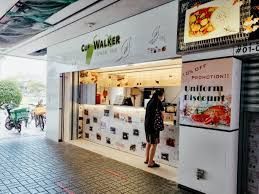
In the fast-paced F&B industry, particularly in Singapore, quick service chains are constantly evolving to meet customer demands while maintaining operational efficiency. Smaller quick service food and beverage outlets can learn a lot from successful chains and adopt similar strategies to fuel their growth. 1. Investing in a Reliable POS System A robust POS system is essential for managing orders, inventory, and customer transactions efficiently. Quick service beverage chains rely on advanced POS systems to streamline operations and minimize errors. Smaller outlets can adopt similar systems to scale their operations effectively, reduce wait times, and enhance customer satisfaction. 2. Utilize CRM to Build Stronger Customer Relationships Successful chains know the importance of building a loyal customer base. By implementing a CRM system, smaller businesses can track customer preferences, purchase history, and offer personalized rewards. CRM solutions allow quick service food and beverage outlets to run loyalty programs, which are key in encouraging repeat visits and driving long-term growth. 3. Leverage Online Ordering Online ordering has become a game-changer for F&B businesses, providing convenience to customers and increasing sales opportunities. Quick service chains often integrate their POS systems with online ordering platforms to streamline order processing. Smaller F&B outlets can adopt this practice to increase order accuracy and grow their delivery and takeaway services. 4. Implement Self Ordering Kiosks Chains frequently invest in self-ordering kiosks to enhance customer convenience and reduce wait times. This not only improves the customer experience but also reduces the workload for staff. For quick service food and beverage outlets, adopting self-ordering kiosks can significantly boost order accuracy and efficiency, especially during peak hours. 5. Use QR Ordering for Seamless Customer Experience QR ordering is an increasingly popular solution among quick service chains. It allows customers to place orders through their mobile devices, improving convenience and minimizing physical contact. Smaller businesses can use QR ordering to optimize service and increase table turnover, leading to higher revenue and customer satisfaction. 6. Run Effective Loyalty Solutions Loyalty programs are a proven way to retain customers and increase repeat business. Chains leverage loyalty solutions integrated with their CRM and POS systems to reward loyal patrons. By offering digital loyalty programs through a POS system, smaller F&B outlets can engage customers with points, discounts, or exclusive offers, boosting their revenue and brand loyalty. 7. Automate Marketing Efforts Quick service chains often use CRM systems to automate their marketing campaigns based on customer behavior and preferences. This helps them stay relevant and top of mind for their customers. Smaller businesses can adopt this strategy to create targeted promotions and campaigns that drive customer engagement and sales. 8. Focus on Data-Driven Decisions Larger chains rely on POS systems and CRM analytics to track customer behavior, product popularity, and sales trends. Small quick service outlets can also benefit from these insights by making data-driven decisions to adjust their menu offerings, improve service efficiency, and enhance the overall customer experience. By learning from quick service chains, smaller food and beverage outlets in Singapore can adopt scalable solutions such as POS systems, CRM platforms, and self-ordering kiosks to streamline operations, improve customer loyalty, and accelerate growth. If you are looking for F&B solutions such as self ordering kiosks , QR ordering and online ordering , click here to send an enquiry!

In the ever-evolving F&B industry, sustainability is not just a trend—it’s a necessity. Consumers are increasingly drawn to eco-friendly restaurants that prioritize environmental responsibility. Implementing sustainable practices not only helps the planet but can also boost your restaurant's brand and drive sales. Let’s explore how sustainability can improve your restaurant’s bottom line and reputation. 1. Reduce Food Waste and Increase Efficiency Food waste is a significant issue in the restaurant industry, contributing to environmental harm and unnecessary expenses. By implementing better inventory management through a POS system , your restaurant can track stock levels and reduce waste by ordering only what’s needed. Additionally, real-time data from a POS system can help adjust portion sizes, ensure that ingredients are used before expiration, and monitor which dishes are more popular to prevent over-preparation. 2. Attract Eco-Conscious Customers Today’s consumers, especially millennials and Gen Z, actively seek eco-friendly dining options. Restaurants that adopt sustainable practices, such as using locally sourced ingredients, reducing single-use plastics, and offering plant-based menu options, can attract this growing customer base. QR ordering and self-ordering kiosks can also help reduce paper waste from traditional menus and receipts, aligning with your sustainability goals while providing a modern customer experience. 3. Boost Brand Reputation Through Transparency Sustainability gives your restaurant a powerful story to tell. Promoting eco-friendly practices, such as using biodegradable packaging or participating in farm-to-table initiatives, builds trust with your customers. Transparency about your efforts can differentiate your restaurant from competitors and improve customer loyalty. Sharing your sustainability journey through social media and marketing campaigns can enhance your brand image and show your commitment to the environment. 4. Cut Down on Energy Use and Costs Energy efficiency is another crucial aspect of sustainability. Restaurants can save on utility bills by adopting energy-efficient appliances, switching to LED lighting, and using smart POS systems to monitor energy usage. Simple changes, like turning off equipment when not in use or optimizing kitchen operations, can significantly reduce energy consumption, benefiting both the environment and your bottom line. 5. Enhance Customer Experience with Self-Ordering Solutions Integrating technology like self-ordering kiosks and QR ordering systems allows customers to place orders efficiently while reducing the need for printed menus and order slips. This paperless approach reduces waste and enhances the customer experience by offering a seamless, tech-forward ordering process. These solutions also minimize human error, speeding up service and improving accuracy in fulfilling customer orders, further contributing to operational efficiency. 6. Create Long-Term Savings and Profitability While some sustainable initiatives may require an initial investment, they can result in long-term savings and increased profitability. For example, reducing food waste, cutting down on packaging costs, and lowering energy usage can all add up to significant savings over time. Moreover, as more consumers prioritize sustainability in their purchasing decisions, eco-friendly restaurants can see higher traffic, translating to greater sales and customer loyalty. 7. Improve Employee Satisfaction Sustainable practices often go hand in hand with better working conditions, whether it’s through improved energy-efficient kitchens, healthier work environments, or ethically sourced ingredients. Employees are more likely to take pride in their workplace if they know they’re part of an organization that cares about its environmental impact. Happy employees contribute to better service, which can lead to improved customer satisfaction and repeat business. Incorporating sustainable practices in your restaurant not only improves your brand reputation but also attracts eco-conscious customers, reduces costs, and enhances overall efficiency. Technologies like POS systems, self-ordering kiosks, and QR ordering solutions play a pivotal role in supporting sustainability while modernizing operations. By adopting these practices, you can boost both your restaurant’s profitability and its positive impact on the planet. If you are looking for digital solutions such as self ordering kiosk . POS system , QR ordering , online ordering solutions , click here to find out more!
